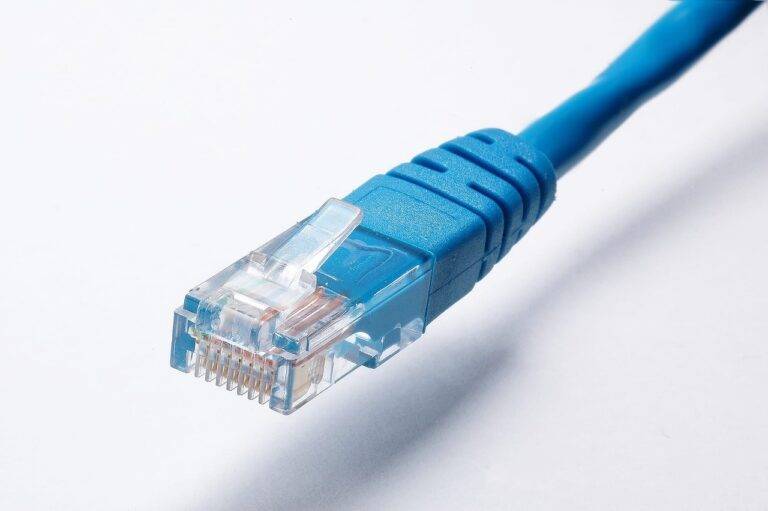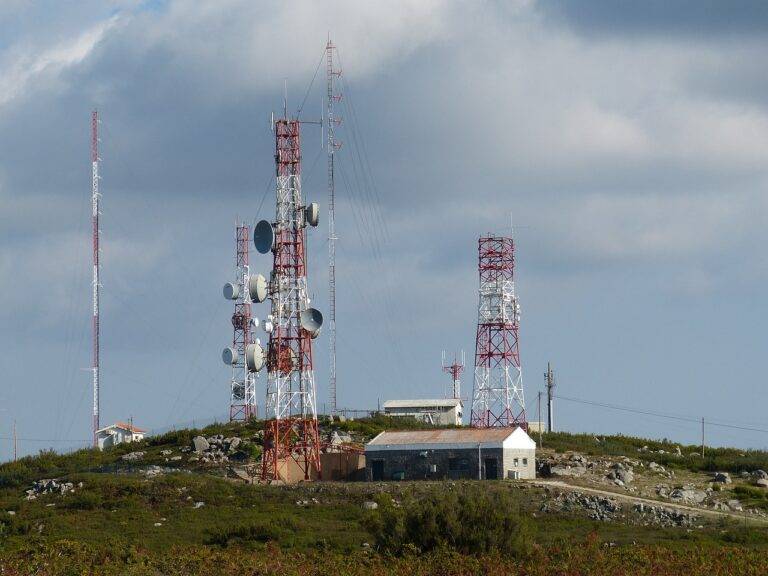The Role of Tech in Wildlife Monitoring: Remote Sensing and Tracking Devices
Technology has revolutionized the field of wildlife conservation by providing researchers and conservationists with innovative tools to monitor and protect various species around the world. From advanced camera traps that capture elusive species in their natural habitats to satellite tracking systems that monitor animal movements in real-time, technology has significantly enhanced our ability to gather crucial data for effective conservation efforts.
Moreover, drones have proven to be invaluable in surveying remote and inaccessible areas, allowing researchers to monitor wildlife populations and habitats from above without causing disturbances. These aerial devices have enabled conservationists to conduct surveys more efficiently and cost-effectively, providing them with a comprehensive understanding of wildlife distribution and behavior for better conservation planning and management.
Importance of Remote Sensing in Wildlife Monitoring
Remote sensing plays a crucial role in wildlife monitoring by providing valuable data on animal populations, habitat changes, and ecosystem dynamics. Through satellite imagery and aerial surveys, researchers can track trends in wildlife distribution and behavior, enabling informed conservation strategies to be implemented.
Additionally, remote sensing technology allows for the collection of data in remote or inaccessible areas, where traditional ground surveys may be impractical or costly. By utilizing various sensors and imaging techniques, researchers can gather information on wildlife populations with minimal disturbance to the animals and their habitats. This non-invasive approach aids in the conservation and protection of endangered species and ecosystems, ultimately contributing to the preservation of biodiversity.
Benefits of Tracking Devices in Wildlife Research
Tracking devices have revolutionized the field of wildlife research by providing researchers with valuable insights into the behavior and movements of various species. These devices allow scientists to remotely monitor animals in real-time, leading to a deeper understanding of their habitat preferences, migration patterns, and social interactions.
One of the key advantages of tracking devices is their ability to collect large amounts of data continuously, which would be otherwise impossible using traditional observation methods. This data helps researchers identify critical areas for conservation efforts, track endangered species populations, and assess the impact of environmental changes on wildlife populations.





